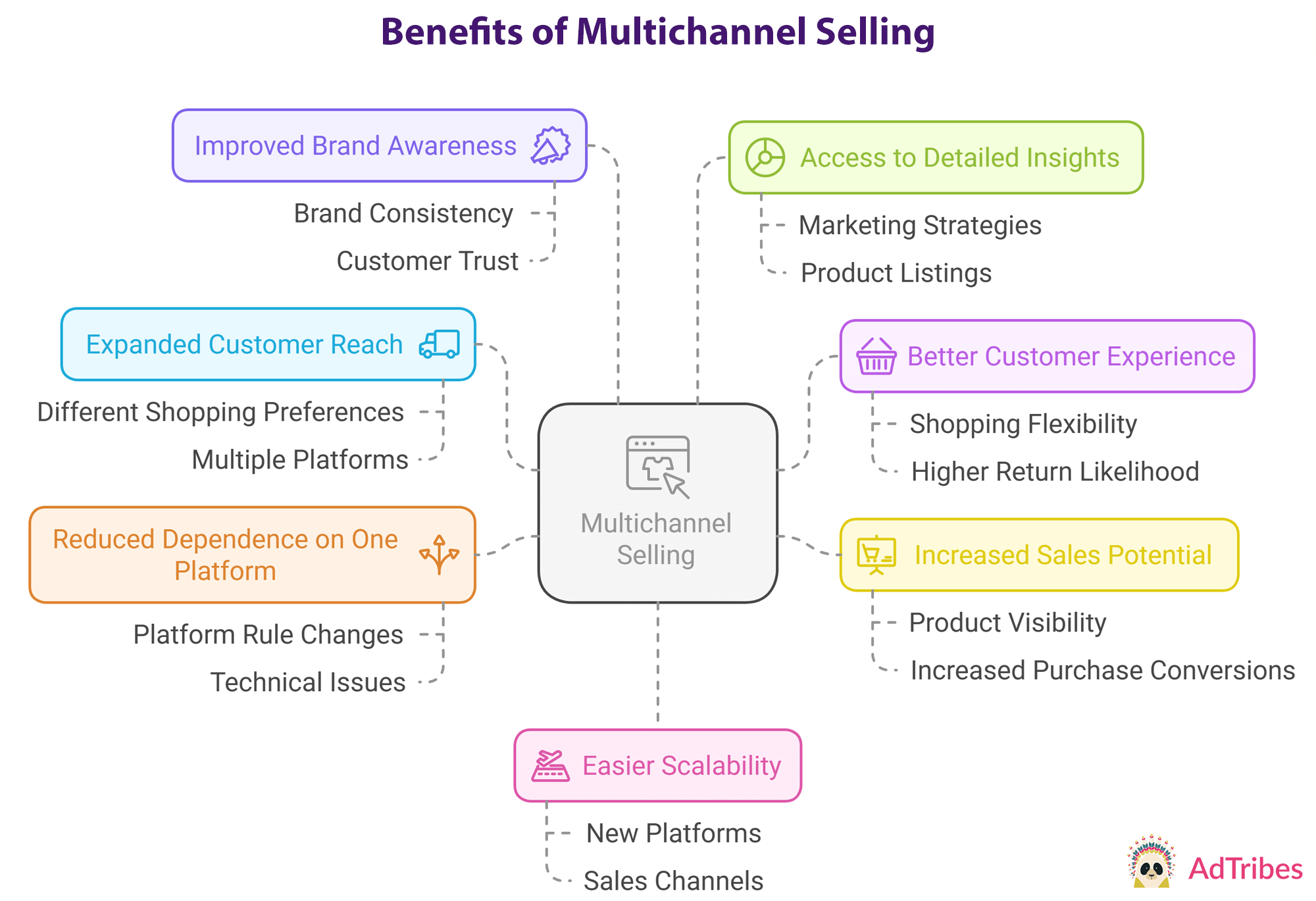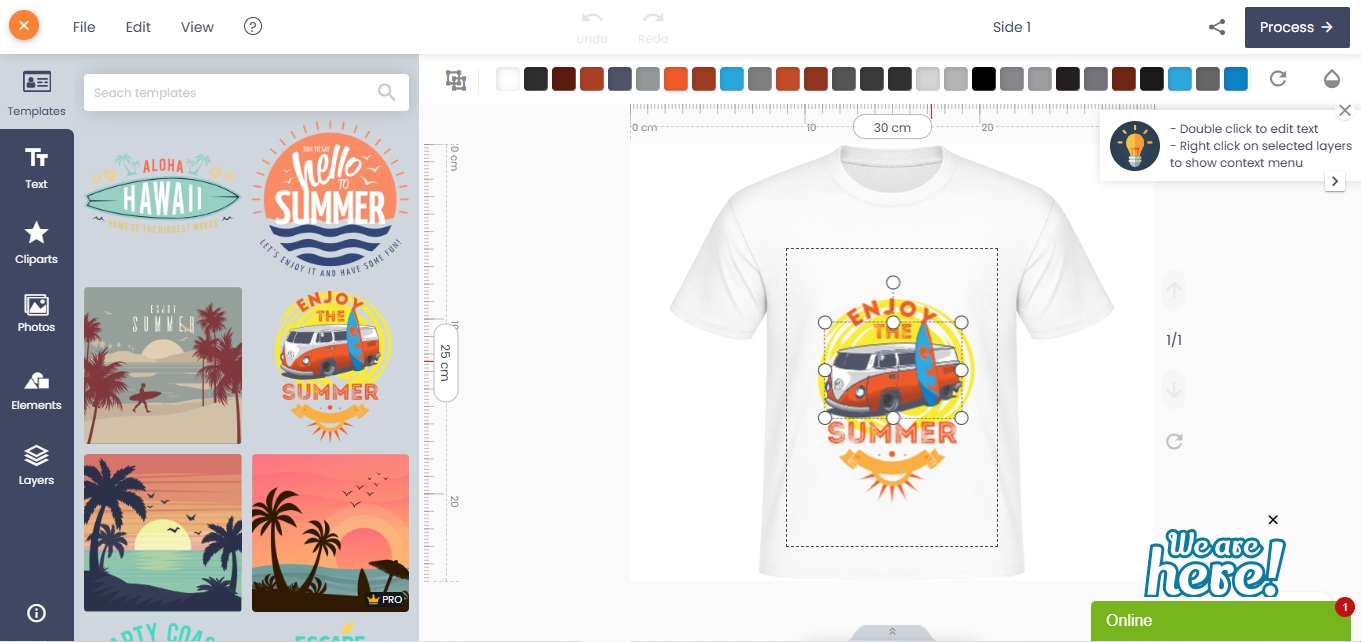Everything You Need To Know About Types Of Customer Loyalty Programs
Loyalty makes your customers come back and keep your store outstanding from your competitors. Building up customer loyalty is difficult. Today we are going to look at everything you need to know about the type of customer loyalty programs. Let’s get start
- By
- 2132 views
- 0 reply
TABLE OF CONTENTS
"I Knew My Store Could Do Better...
But I Didn't Know How"
That's what one of our clients, Jessica, told us. She was running a small mug store on WooCommerce—sales were okay, but stuck.
Until she discovered personalization.
Until she discovered Cmsmart.
Fast-forward 30 days:
- ✅ Her store was redesigned with AI product options
- ✅ Customers could design their own mugs with 3D preview
- ✅ AOV jumped by 42% — and she finally felt in control
Want to learn how she did it (and how you can too)?
🎓 Join our FREE 30-Day Email Course:
"Personalize, Launch & Scale – The Smart Ecommerce Way"
You'll get:
- ✔ 1 lesson a day, straight to your inbox
- ✔ Real store examples, demos & playbooks
- ✔ No tech jargon. Just strategy that works.
Join thousands of store owners learning how to scale smarter.
🎉 You're In! Thank You!
We've received your information and you're now part of our smart ecommerce journey.
Please check your inbox – your first email from the 30-Day Course is on its way!
📩 Didn't see it? Check your spam or promotions tab and mark us as safe.
We're excited to help you personalize, launch, and scale your store – the smart way.
TABLE OF CONTENTS
Related Post
Imagine a world where your products are just a click away for customers, regardless of where they choose to shop. According to a recent report by Statista, a staggering...
Understanding Your Target Audience Who Is This Tutorial For? Whether you’re a custom bag entrepreneur, a merchandising manager, or a WooCommerce developer setting up stores for your clients, this guide is...
What Is All-Over Printing? All-over printing (AOV) refers to a method of printing where the entire surface of a garment is customizable—from seam to seam. Unlike traditional placements (like chest...
Other Usefull Contents
You can see many success stories from our customers, and you may be one of them in the future












Loyalty makes your customers come back and keep your store outstanding from your competitors. Building up customer loyalty is difficult. You have to dedicate the money, time, and budget. Although building your customer loyalty programs take lots of effort, they totally are worthy. You can see more here Reward Point System: Why Should Your Business Have It?. Today we are going to look at everything you need to know about the type of customer loyalty programs. Let’s get started:
Types Of Customer Loyalty Programs
Customer Loyalty Punch Cards
With loyalty punch cards, it is easy in your wallet. Customer loyalty punch cards are usually the same size as business cards. Customer loyalty punch cards play on some pretty basic psychology. Your customers are more likely to frequent a business where they can get free stuff. A lot of businesses have great success. The disadvantage of physical punch cards is that they are hard to track and analyze. Is it cost-effective? Could you encourage your customers to make more purchases? There are all questions that are near impossible to answer with physical punch cards, you can’t control them.
Below are the main benefits of customer loyalty punch cards.
They are very quick and easy to set up.
They are highly customizable customer loyalty programs
It’s a low-cost option for the business. You might be giving away free products but think of all the sales that wouldn’t have happened without the program.
It increases sales.
Loyalty Points System
A Loyalty Points program is for loyal customers who can earn points and use these points to make a purchase with a discount. There are many advantages to this system.
It is highly flexible. You can assign points for an action that you want to reward. For example, you could award points for every month of subscription and reward points for certain milestones. You can give a bonus if they stay subscribed for 6 months or one year. This encourages the customer to stay with you rather than looking for an alternative.
You can choose the value of the points. You should consider it carefully. Customers can’t spend a huge amount of money to earn a meager amount of points, they are more likely to see your company as exploitative rather than generous
Points are easy to track and analyze. You can see exactly how successful they are.
Other things to consider.
Think of a catchy name for your currency. It will give a memorable name that becomes associated with customer loyalty programs.
See what our competitors are doing. This can help you a good understanding of what is cost-effective in your industry
Run an estimation model. It’s important to cost what return you expect on your points program investment. You can assess its success in relation to your goals.
Customer Referral Program
This program is for bringing a new customer to your business. This type of reward system is great because it focuses on customer retention. Let’s take a look at an example to explore the different ways to run this program.
Customer A refers to Customer B. Customer A gets a 20% discount on their next purchase and Customer B gets a $20 credit.
Customer A refers to Customer B. Customer A gets a bonus on their next purchase (for example a free small product, or 1 month free of your gold tier subscription plan). Customer B gets credit or a discount.
Other things to consider.
Your system has to be consistent. Customers don’t like to see things changed without any warning. This can harm your business.
Keep things simple by making your system one generation deep.
Loyalty Program Tiers
This is where you run a free custom loyalty program that all costumes can sign up for. When the customers sign up, they are given access to select perks for being a member of the program. You can create tiers for different types of customers and reward them with different gifts base on what value they add to. This way is great because it can reward loyal customers and also encourages them to spend more money. If a customer is close to the 100$ milestone, they will feel encouraged to spend more money to hit the milestone. What milestones you set for your tiers will be up to your business and the spending habits of your customers.
We've incorporated an illustration of customer loyalty programs, however, you don't really need to make it free. On the off chance that you need to offer all clients benefits for being an unwavering client, at that point you can make a membership-based framework where the client needs to pay a set sum each month. The significant thing here is to make the prizes relative to the compensation. You need the client to feel like they are getting a bonus, not just paying for another assistance.
Design a Loyalty Rewards Game
Customer loyalty programs don’t need to be stable and boring. You can design your own loyalty rewards game. For example, McDonald's runs games at certain points throughout the year. Customers will get one or more stickers with each purchase. They can win big prizes for collecting certain sticker combinations
Ethical Reward Programs
This type of customer rewards program is totally different from others because your customer doesn’t receive any compensation. Ethical reward programs are when you make a purchase, company pledges to complete a charitable or ethical action. For example, A shoe company pledged to donate one pair of shoes to a child in need when you bought a pair of shoes from them. This way helps to buy a pair of shoes without having to do anything extra. This type of system won’t work for all businesses. But it’s a great option for companies that focus on ethical issues.
This type of system won’t work for all businesses, but it’s a great option for companies that have a strong focus on ethical issues. These issues are important because they are important to customers. They are willing to spend more money with brands that care about charity. Some customers are also more motivated by helping others than being helped themselves, and this reward system is perfect for those customers.
Tips For Creating an Excellent Customer Loyalty Program
Choose a good name for your program. It should be easy to read and memorable.
Make sure people know your customer loyalty programs. You should post it on social media, blog or interact with them.
Consider an omnichannel customer relationship management system. To accurately track the success of your customer loyalty programs, you need to be supported by modern technology. It’s also much easier to keep track of customer points and referrals if you hold all customer information in one place.
Make research. Find how it works and how to do it effectively.
Keep it simple. Don’t confuse your customers with a complex system that they can’t understand at first glance. It should be immediately obvious to your customers what they are gaining from your program. It should also be easy for customers to sign up to become members.
Conclusion
To be honest, customer loyalty programs are not all of them succeed. You have to a good understanding of who are your customers and what motivates them to design an effective program. Make research, have a goal in mind, and start with the basics. You should soon start reaping the benefits of your rewards. Don't hesitate anymore, use our Reward Points - Multistore Marketplace Magento 2 would be a perfect choice. Let's see a demo